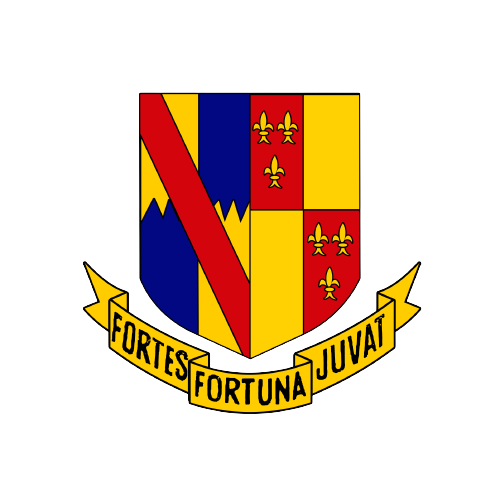
Academic Overview
Cavina is proud of its academic reputation, built on a curriculum, developed over more than 70 years, that aims to foster intellectual curiosity and a love of lifelong learning.
Our experienced teachers provide a challenging but stimulating environment in which diligence, ambition and passion are all encouraged. As a result, Cavina pupils thrive in their chosen secondary schools, with many eventually going on to top international universities such as Oxford, Cambridge, Yale and Stanford.
All Cavina pupils work towards the Common Entrance examination, taken in June of their final school year. While this is a public examination that prepares pupils for entrance into British-curriculum secondary schools, it also provides an excellent grounding in the core academic disciplines that will help them to flourish at any school.
LOOKING BEYOND EXAMS
However, our success rests on the fact that we look beyond the narrow confines of exams alone. These are important, of course, but, particularly at this stage in life, they only provide a narrow snapshot of pupils’ abilities. The wide scope of what we offer at Cavina, from Latin and optional Greek to coding, Physics and further maths, ensures that our pupils are confident, curious and engaged. Blending the traditional and the modern, we also offer opportunities for project-based learning, with pupils in the senior school undertaking independent investigations, overseen by a supervisor, as part of the Independent Project Qualification.
LOOKING BEYOND THE CLASSROOM
Learning is supplemented by what happens outside the classroom, too. Our cultural programme is built to complement and enrich our academic curriculum. It includes poetry, music and theatre and regular general knowledge competitions, both at individual and interhouse level. In addition, every term sees either a writing or art competition that all pupils enter. Finally, a wide array of expeditions inside and outside Nairobi, as well as abroad, ensure that the curriculum is brought to life and gives our pupils the chance to see what they have been learning in action.
By the time they leave us a typical Cavina pupil (a ‘Cavian’) will have been introduced to three languages, performed Shakespeare on stage and sung or played a musical instrument in public. They will have applied their scientific knowledge by creating an artefact of their choosing (such as a solar-powered doll’s house or a warning triangle that lights up in the dark), recited poetry or read the Bible in public and made presentations of their research before an audience. With much more besides, it is little wonder that our pupils move on to other schools so well equipped to face the future.
